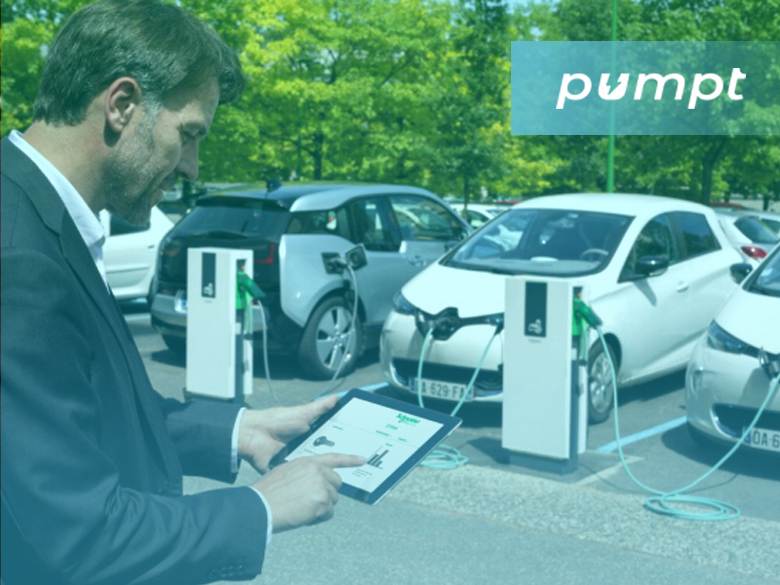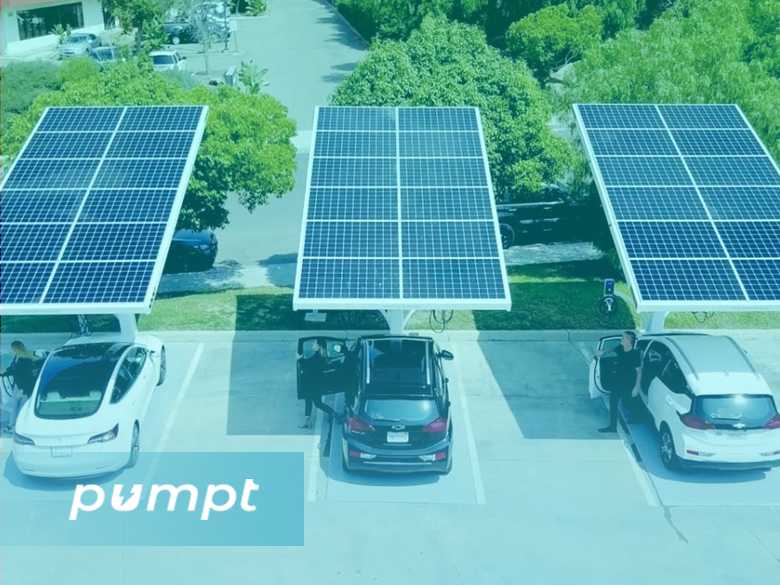With the total ban on selling new fossil fuel cars in 2030, we expect electric vehicles to replace the old driving ways soon.
And as the number of EV users grows, so does the need for reliable and comprehensive charging infrastructure. Appropriate and relevant electric vehicle charging policies are critical factors in ensuring this happens.
The Situation
Going electric when it comes to driving is part of the government’s commitment to curb carbon emissions and thus, break away from being a contributor to climate change.
A way to do that is to make UK homes and workplaces EV-ready. State guidelines guarantee that more chargers will find their way to domestic and non-residential establishments. Some of these regulations are taking full effect this June.
EV Charging Guidelines
Let’s look at some critical points in UK electric vehicle charging rules.
Smart Charging
The government requires smart chargers as the charging infrastructure expands.
These chargers provide numerous advantages besides simply plugging in or connecting the chargepoint to the internet.
One benefit it presents is how it can decrease the strain on the power grid. While it’s a good sign that more people are now driving electric cars, the increased number of EV users can put an additional load on our power supply.

Aside from simply plugging in and connecting to the internet, smart chargers also prioritise off-peak charging and initiate random delays in charging start times. These features will help prevent everyone from plugging in simultaneously, thus relieving the grid of some pressure.
Moreover, smart chargers must be future-proof. In other words, these chargers should be able to accommodate software and feature upgrades in years to come and not become obsolete in the immediate or near future, at the very least.
Thanks to government guidelines, we can manage our power supply needs. We also get a clear definition of a smart charger, which may allow usage of this equipment in the long haul.
Residential Structures
Regarding residential buildings, the guideline states that new houses with associated parking spaces must have their chargepoint. This regulation is also applicable to non-residential buildings converted to residential usage.
Furthermore, residential buildings going through major renovations and with ten parking spaces must have, in each parking space, at least one electric vehicle charger plus cable routes.
Non-residential Establishments
New buildings that aren’t for residential purposes with over ten parking spaces must provide a chargepoint and cable route for one in five of the total parking spaces.
The same minimum is required for non-residential buildings undergoing significant renovations, provided they also have more than ten parking spaces.
A Quick Reminder

Before we continue, there’s one thing you need to remember about acquiring a charging station.
Unless you’re an accredited electrician, we should leave chargepoint installations to professionals. Industry experts recommend that instead of personally setting up the device, you must hire an installer certified by the Office for Zero Emission Vehicles (OZEV) to do the job.
(OZEV is the government team tasked with helping the switch to zero-emission driving.)
When you hire an OZEV-approved installer, you don’t just avoid risks. You may also claim government grants and subsidies if you leave the job to accredited technicians.
What’s Next?
These specifics regarding electric vehicle charging are incorporated in Building Regulations, further strengthening the drive towards a cleaner, eco-friendly, and decarbonised UK. Homes, workplaces, and business establishments like supermarkets will benefit from these.
As a result of these regulations, we can see more chargepoints across England with the estimates going as high as 100,000 units. A big portion of these installations come from private-sector financing.
While the scenario begins with individuals, businesses, and organisations shelling out money, they don’t need to shoulder these costs alone as long as they meet certain requirements.
As we mentioned earlier, there are government grants (through the OZEV) that could help you transition to electric vehicle driving. So what are these grants, and who are eligible for them?
The OZEV Grants
In a nutshell, the OZEV Grants cover a portion of the amount involved in EV chargepoint installations and even electric vehicle purchases.
If you are planning to get your zero-emission, electric automobile or need a charger at home or for your business, it’s beneficial for you to understand these government grants.
It could help you save some of your hard-earned money.
The grants are:
- Plug-In Car Grant so you can get a discount when buying an EV.
- For chargepoint installations, you have the EV Chargepoint Grant,
- the Workplace Charging Scheme (WCS),
- and the On-street Residential Charging Scheme (ORCS).
These grants have had different versions and updates over the years since its introduction. This is necessary to keep up with the developing EV technology.

Grant Updates
- The EVHS previously provided single-unit property homeowners up to £350 of funding for off-street charger installation. This was changed to the EV Chargepoint Grant.
- This change started on the 1st of April this year and now caters to landlords, social housing providers, apartment block owners, and people who rent flats.
- Regarding work charger installations, the WCS provides up to £14,000 coverage or a maximum of 40 sockets for each building. The WCS remains almost the same, except that more businesses can be eligible and benefit from the grant.
- The groups that can now apply for the WCS include small to medium enterprises, small accommodation businesses such as B&B’s, charities, and commercially let properties.
For a complete understanding of OZEV grants, check here.
Some Other EV Chargepoint Installation Concerns
Aside from deferring to professionals when installing an EV charger, some usually ask whether or not we need a permit before owning a charging unit.

The quick answer is NO. A planning permit is not required as long as the area is legally utilised for off-street parking. However, an installation is only authorised if it meets the specifications and criteria set forth for EV chargers.
These specifications include the charger dimensions, location and manner of installation. For example, in the case of a standing charger mounted on the ground, its outlet and upstand must have a maximum height of 2.3 metres from the surface of the parking space. This max height is reduced to 1.6 metres if it’s fitted in an area surrounded by residential blocks.
Moving Forward
Concerned sectors are doing everything to promote the rollout of electric transportation in the country, from infrastructure creation to policies. The road to cleaner air in the UK is almost within reach, but we can still do more to fast-track its progress and ensure that we address gaps within this movement.
Where are you now on your EV journey? Have you made the switch yet to electric mobility? We can take care of your electric vehicle charging needs at home or work. Contact us now!

